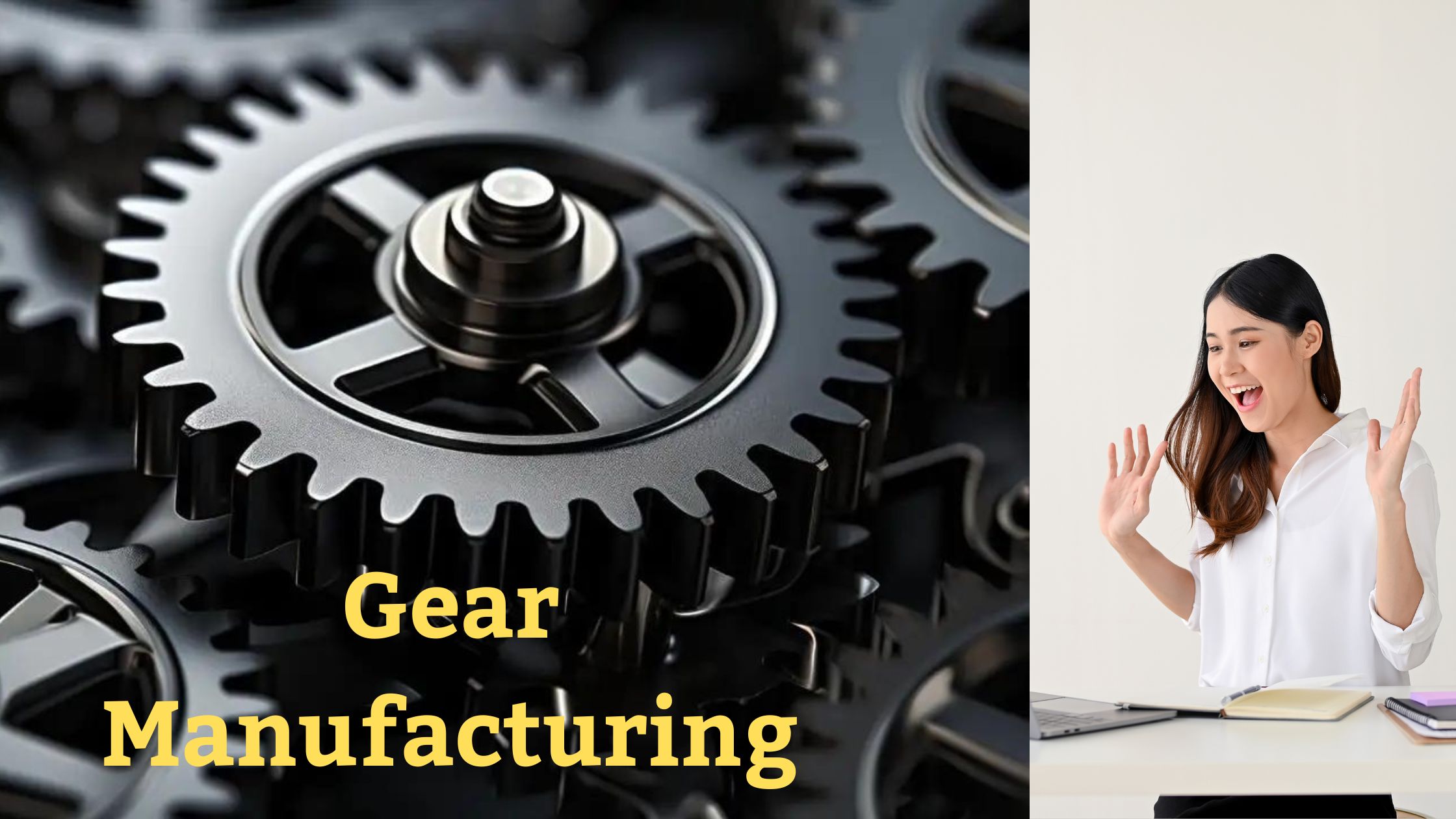For hundreds of years, wind energy has been acknowledged as a reliable source of “free” energy. It is strange to refer to it as a “alternative” energy source as it existed before the petroleum economy or even the industrial revolution. Since the early 1980s, wind turbines have played an important role as a renewable energy source. Large wind turbine farms that can generate up to 800 MW of electricity and small domestic wind turbines that can supply 3 kW to a home are just two examples of how wind power may be used for a variety of purposes.
In general, fixed-speed and variable-speed devices can be used in wind energy conversion systems. For grid connection, variable-speed systems use an electrical interface. Squirrel cage induction generators that are directly linked to the grid are frequently used in fixed-speed systems.
The initial turbine designs were constant-speed ones with scant control or optimization. To put it simply, the generator wouldn’t turn on until the wind speed hit the minimal operable level. When the required minimum wind speed was reached, the generator would be turned on and connected to the power grid after the required blade rotational speed was achieved. As a result of the enormous disparity between the one spinning mass of the wind turbine and that of the rotating machines giving energy to the electrical grid, the so-called infinite bus effect would then offer speed control for the generator.
The primary rotor shaft of vertical-axis wind turbines (VAWTs) is positioned vertically, and the major parts are situated at the base of the turbine. The ability to install generators and gearboxes near to the ground makes these components simpler to maintain and repair. Another benefit of this configuration is that VAWTs do not need to be directed into the wind because they receive wind input from all directions.
The horizontal axis design, on the other hand, need perfect alignment in order to absorb the most energy (Figure 1). Fortunately, weathercocking—the act of turning toward the wind—occurs naturally, making it very simple, at least for smaller designs. In order to align the blades perpendicular to the direction of the wind, yaw control is added to the large turbines used in utility-scale wind farms using motors and gears.
Let’s assume a horizontal-axis design for the remainder of the discussion as all grid-connected commercial wind turbines constructed today have a propeller-type rotor on a horizontal axis (i.e., a horizontal main shaft).

Wind direction and speed are the two fundamental factors that determine a harvest’s success. Adjusting for wind speed may be challenging. In order to avoid overspeeding and mechanical failure in strong winds, fixed-blade systems are aerodynamically built to stall under particular circumstances. Turbulence develops on the side of the rotor blade that is not facing the wind when the wind speed is too high. This stall stops the rotor from being lifted by the rotor blade’s lifting force. A rotor blade for a stall-controlled wind turbine will exhibit a tiny twist as you walk along its longitudinal axis, if you look at it closely. This is done in part to make sure that when the wind speed hits the critical value, the rotor blade stalls gradually rather than abruptly.
Variable-pitch blades are used in a more adaptable and common design where the rotor blades must be able to rotate along their longitudinal axis (to pitch). The electronic controller of a pitch-controlled wind turbine periodically measures the turbine’s power production. The blade pitch mechanism receives a command when the power output rises to a certain point and quickly pitches (turns) the rotor blades slightly away from the wind. When the wind speed decreases once again, the blades are rotated back into the wind.
Pitch correction enables the blade pitch or angle of attack to be adjusted to a greater range of wind speed in order to maximize power output. It also offers a mechanism to prevent the blades from spinning too quickly.
Variable-speed wind turbines may generate electricity under a wider range of circumstances. The rotor may revolve at a low speed and produce low, but useful, quantities of power when wind speeds increase from the lower regime (let’s say 10 to 15 mph). The rotor can ultimately achieve its maximum speed for rated power production as the wind speed increases. When that happens, the pitch control will be used to keep the rotor speed as near to maximum power as feasible.
To Become Electrical Energy
The generator for the wind turbine transforms mechanical energy into electrical energy. In contrast to conventional generating units you often see connected to the electrical grid, wind turbine generators are a bit unique in that they must operate with a power source (the wind turbine rotor) that provides fluctuating mechanical power (torque).
Although the rated output of wind turbine systems can range from a few hundred to thousands of watts, traditionally the majority of wind power generators have been connected to asynchronous loads. The DC generator, the AC generator, and the self-excited induction generator are the three most obvious ways to supply asynchronous power. Induction machines, commonly referred to as asynchronous rotating machines or motors or generators, are presently the preferred choice for big wind farm applications. The lack of control over the energy intake is one of the key reasons why the asynchronous technique for the wind turbine has so many different advantages.



